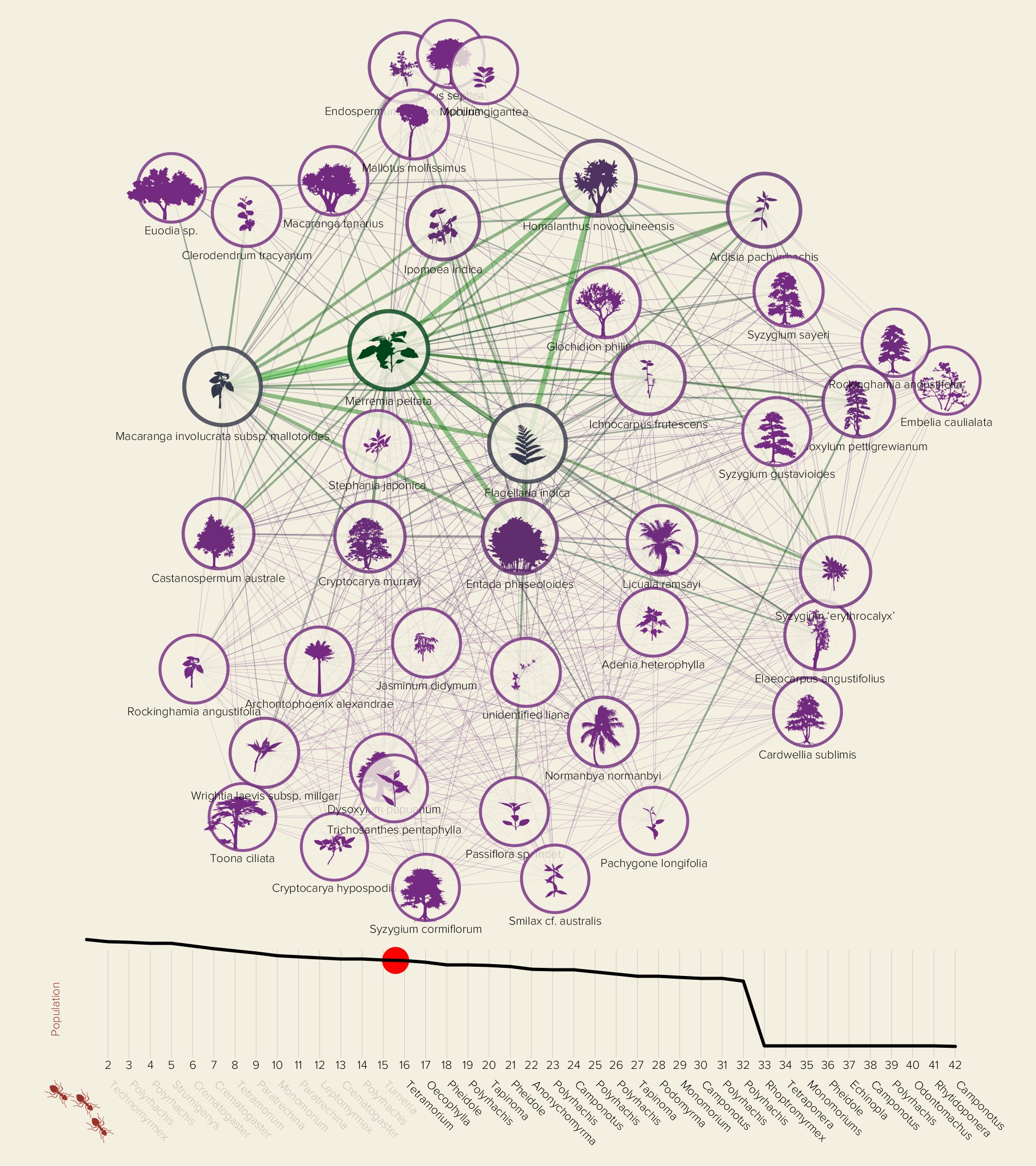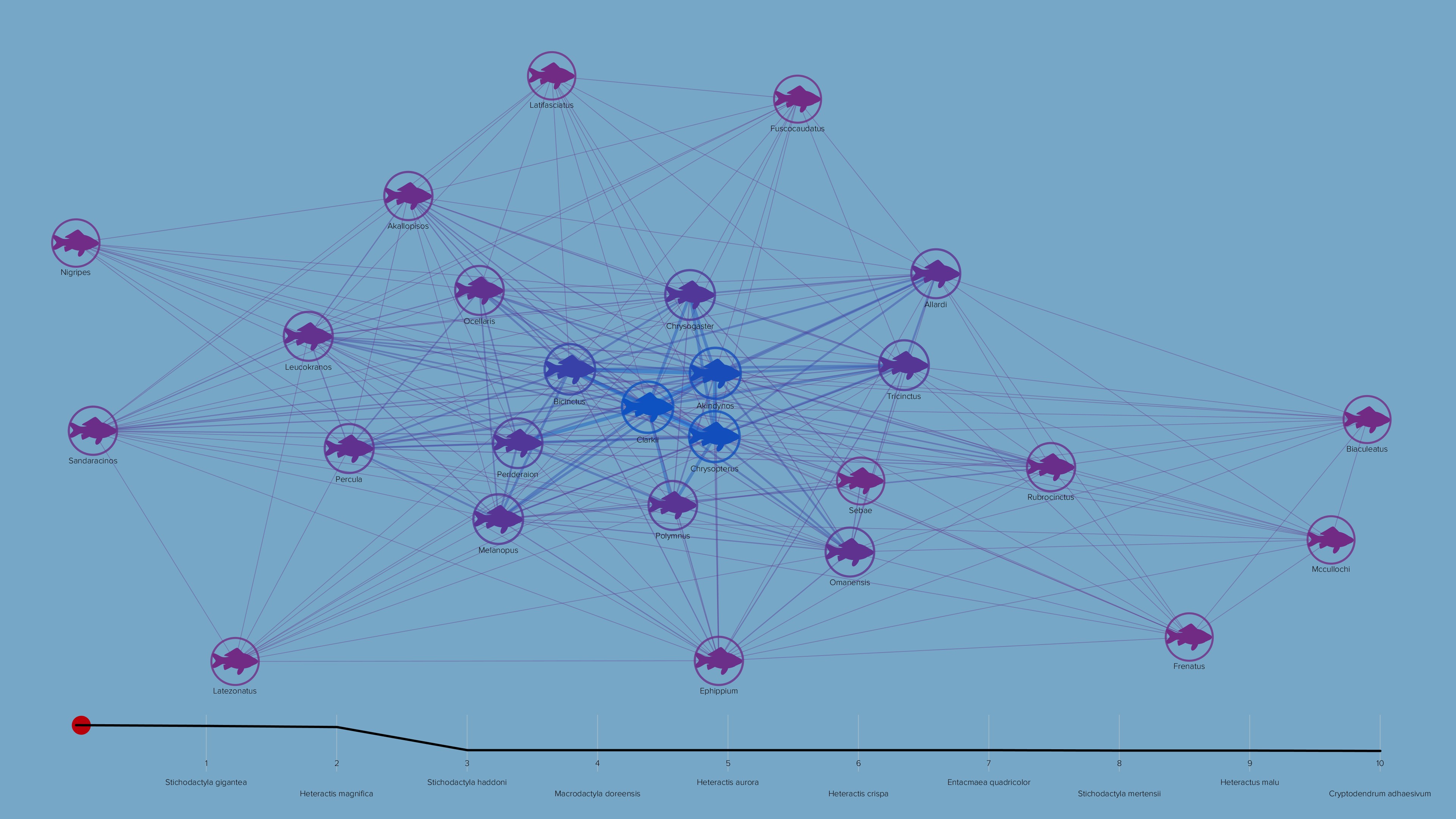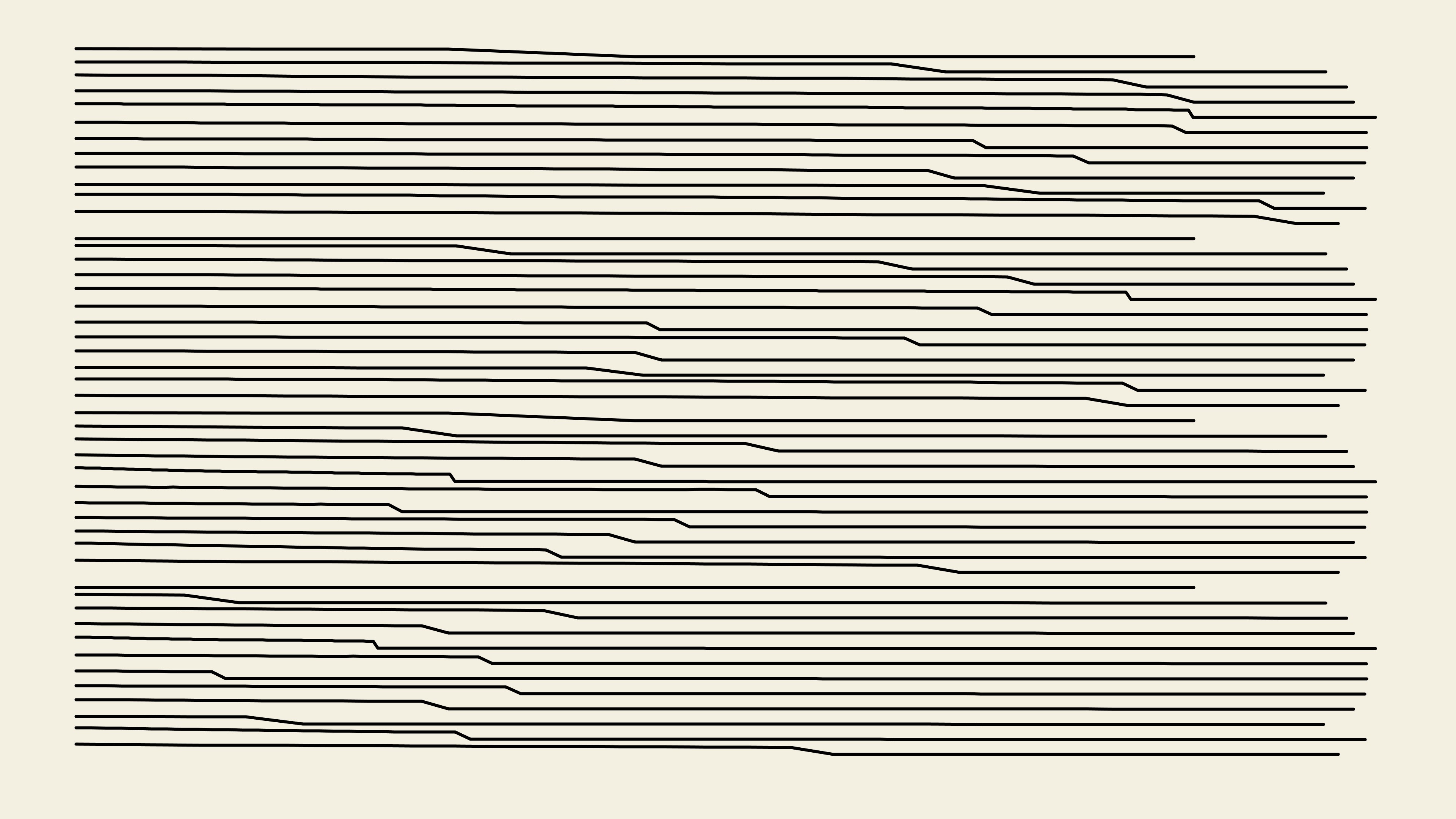The outcome of this investigation, which was published in 2016, introduced the theory of network resilience. The paper was accompanied by a video entitled Network Earth, co-produced by the BarabásiLab and Nature, that illustrates the globe-spanning networks—bees and plants are two examples—that ensure our planet’s resilience. “To live on Earth is to live as part of a network,” proclaims the opening statement of the video, for which Lab designer Mauro Martino generated these visualizations.
The visualizations show the symbiotic, globe-spanning relationships between plants and pollinator species that result in the invisible ecologic network that is essential for ensuring ecosystem resilience. They were the starting point of the BarabásiLab’s ongoing exploration of resilience.










Contact
Social